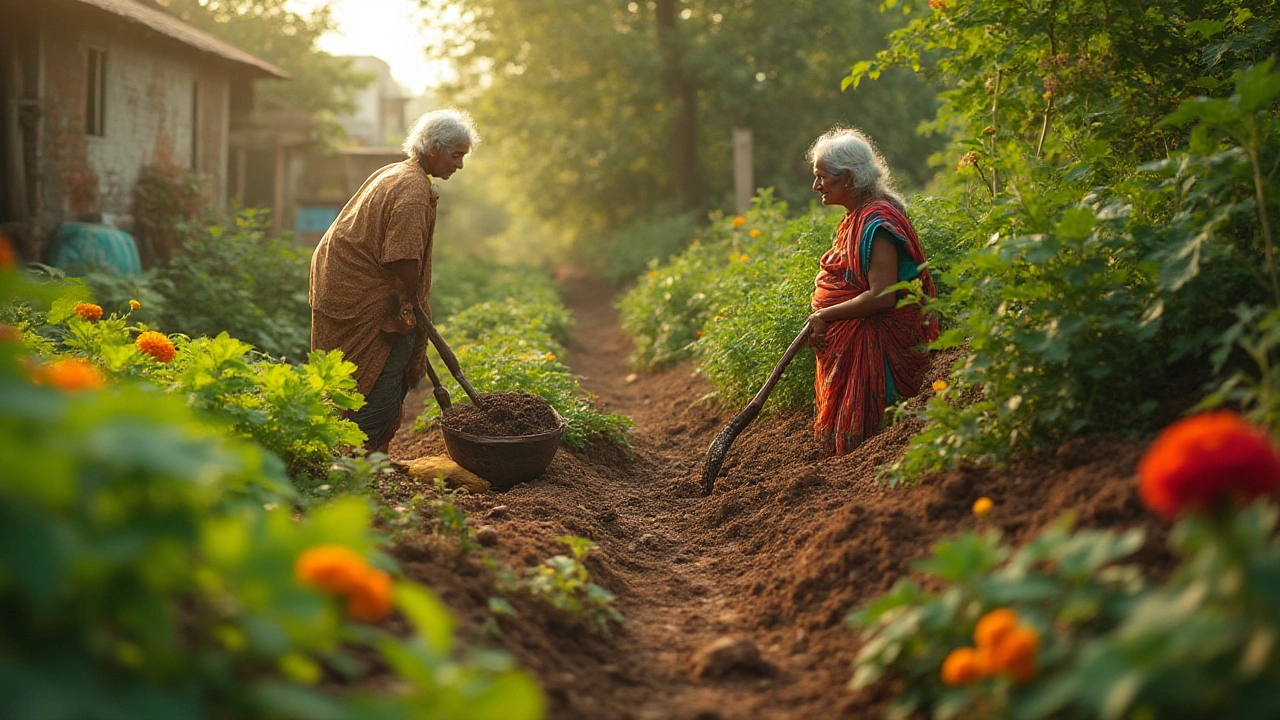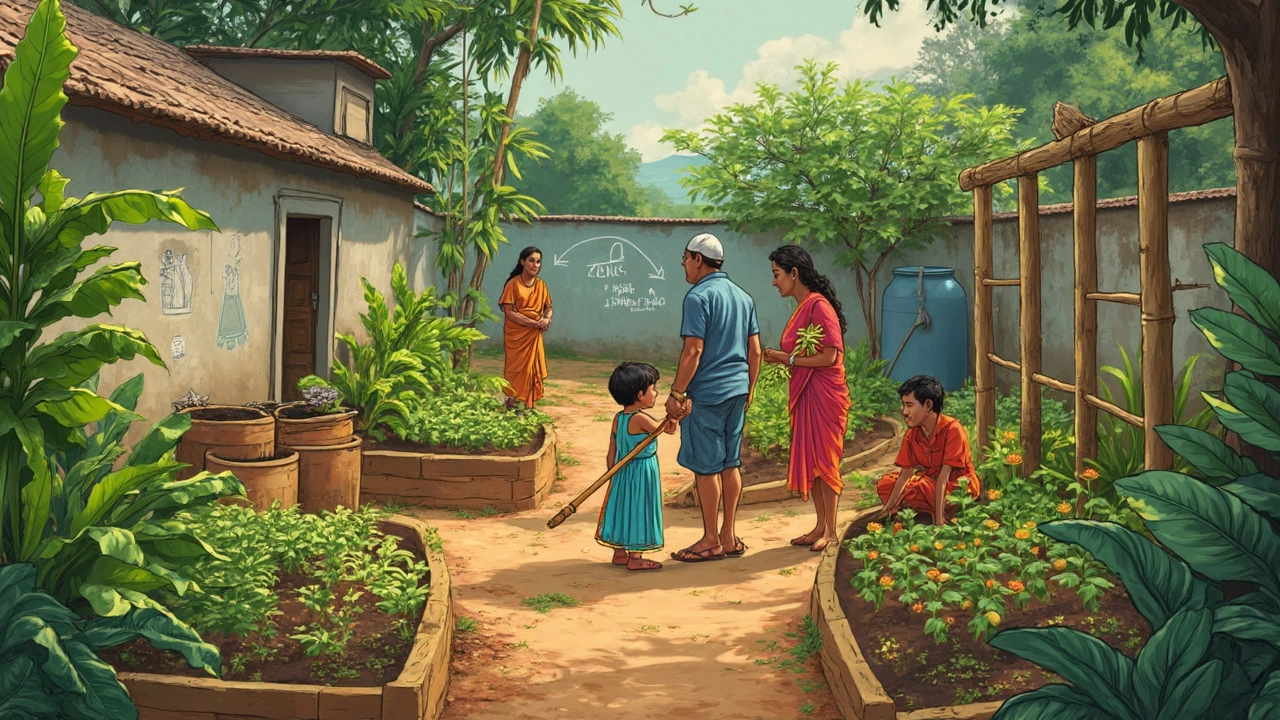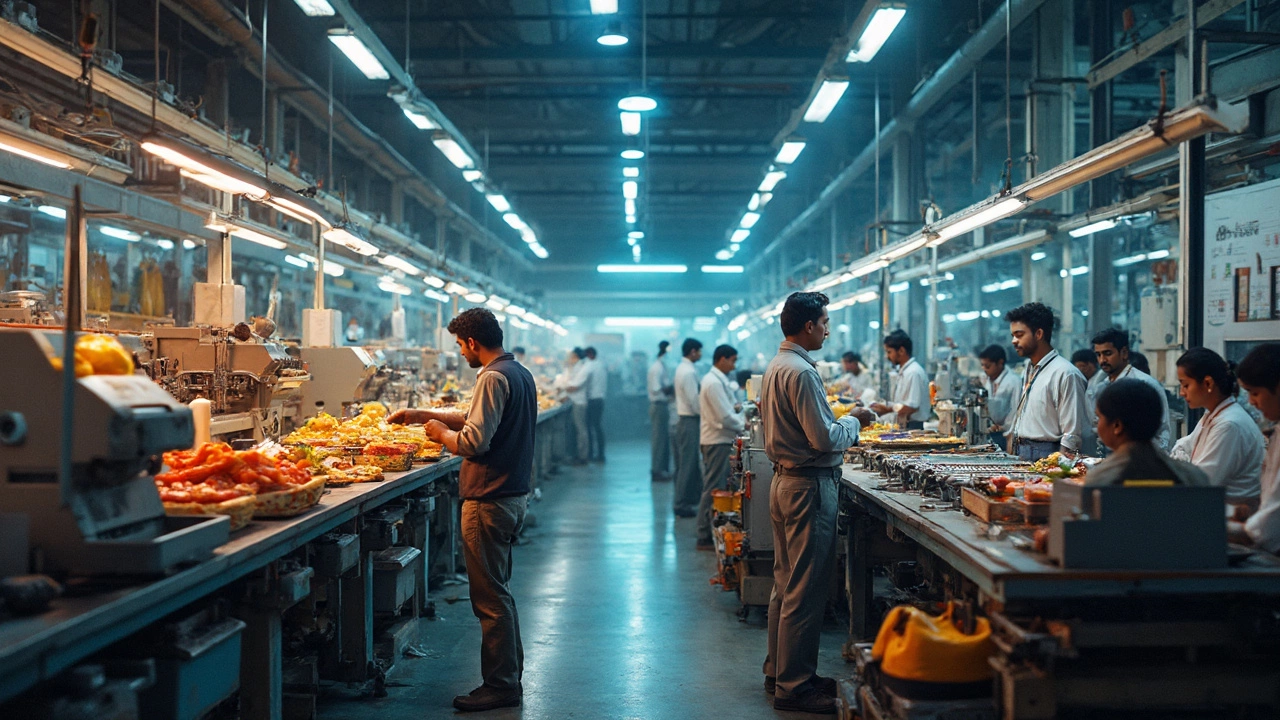Soil Health Guide for Gardeners and Farmers
When working with soil health, the overall condition of soil that supports plant growth and ecosystem functions. Also known as soil quality, it determines water retention, nutrient availability, and microbial activity. Soil health encompasses soil moisture, the amount of water held in the soil profile, which influences root uptake and plant vigor. It also organic matter, the decomposed plant and animal residues that improve structure and feed microbes. Finally, modern practices like drip irrigation improve soil health by delivering water directly to the root zone and reducing surface runoff. Understanding these connections helps you choose the right watering schedule, amendment strategy, and tools for a thriving garden or farm.
Key Factors Influencing Soil Health
One of the biggest myths is that daily watering makes a container garden happy. In reality, over‑watering strips the soil of air, kills beneficial microbes, and lowers organic matter content. Testing soil moisture with a simple finger press or a moisture meter tells you when to water, and it also signals when the soil needs aeration. Re‑hydrating dry, compacted soil with mulches, compost, or a light, slow‑release irrigations restores its structure faster than a torrent of water ever could. If you’re using tap water, remember that chlorine and high pH can stress microbes; letting water sit for 24 hours or using rainwater improves the microbial community, which in turn boosts organic matter turnover. For larger plots, drip irrigation paired with mulch creates a micro‑environment that conserves moisture and reduces weed pressure. The system delivers water at low pressure right where roots need it, allowing organic matter to break down slowly and enrich the soil over time. This method also makes soil testing easier because you can take consistent samples from a uniformly moist zone. Whether you’re planting seasonal vegetables in the north or tropical herbs in the south, timing your sowing with the right soil temperature and moisture level cuts seed loss dramatically. Putting these ideas together, you’ll find that healthy soil is not a single factor but a blend of moisture balance, organic inputs, and smart water delivery. Below you’ll see a curated list of articles that dive deeper into each aspect – from container‑garden watering schedules to re‑hydrating hard soil, from drip‑irrigation DIY guides to seasonal planting calendars. Explore the collection to turn the concepts into actions that keep your soil vibrant year after year.
Why No-Till Gardening: Benefits, Methods, and Tips for Richer Soil
Discover why no-till gardening is changing backyard gardens. Explore its real benefits, science, practical tips, and how to get started for lush results.
Permaculture vs Regenerative Gardening: What Sets Them Apart?
People use the terms permaculture and regenerative gardening a lot, but they're not quite the same thing. This article breaks down how permaculture is a big-picture design system, while regenerative gardening puts a laser focus on building soil and healing land. By looking at their core ideas, practical techniques, and real-world results, you'll get a clear view of which approach fits your own backyard (or community plot) goals best. Find out which method is more hands-on, which is more about planning, and how you can mix both if you want results. Plus, discover simple tips for making your garden greener and more resilient starting today.
- manufacturing
- India
- food processing
- garden tips
- rice cultivation
- government schemes
- balcony garden
- urban gardening
- balcony gardening
- profitable business
- business ideas
- plastic manufacturing
- drip irrigation
- plant care
- steel manufacturing
- sustainable gardening
- startup ideas
- steel industry
- flower gardening
- textile manufacturers







